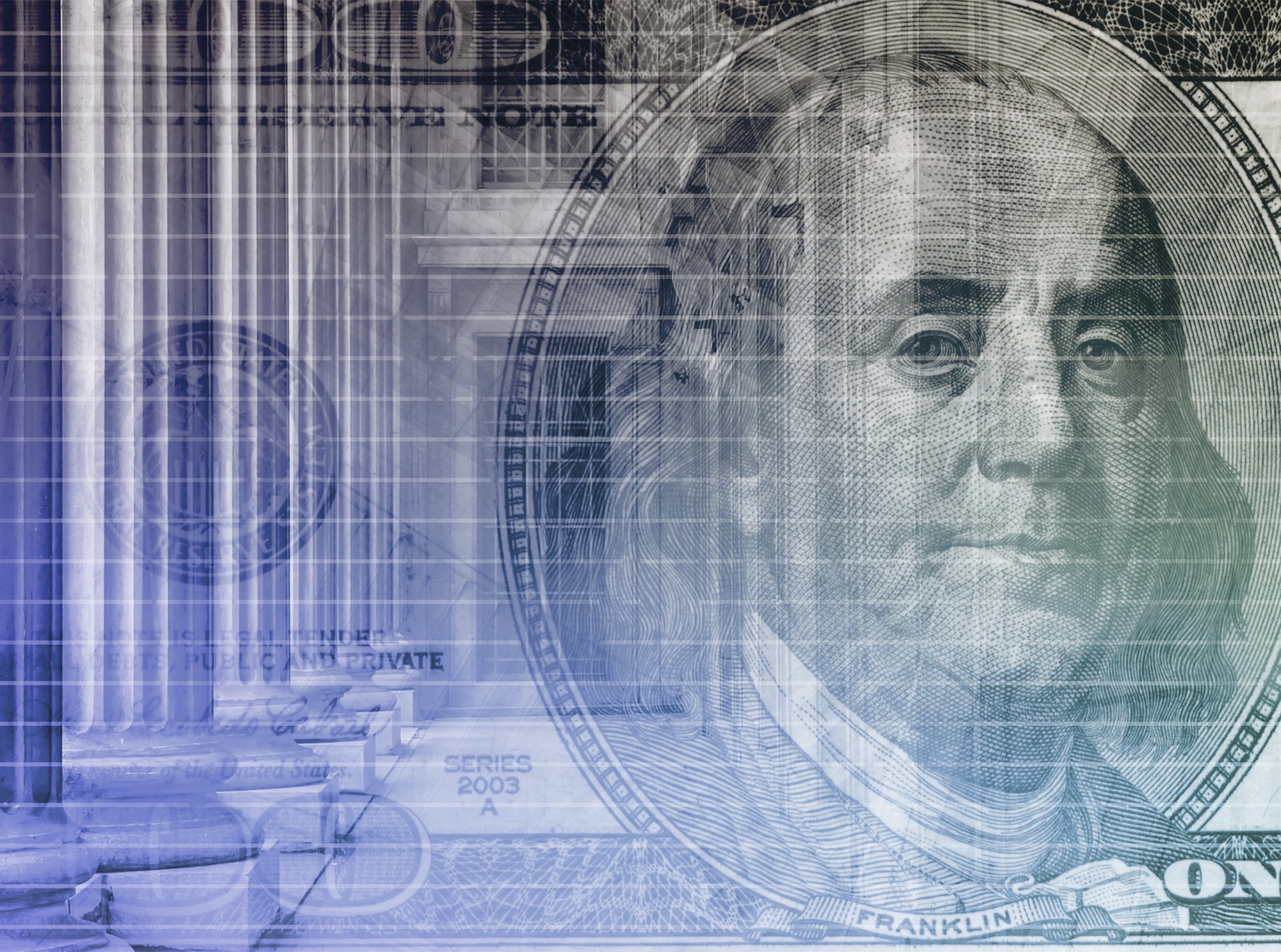Are you planning to trade forex? This is quite a risky move, especially if you have no experience in investing. However, with a little determination, you will certainly understand how the foreign exchange market works and how you can make a profit from it. And if you’re new to currency trading, be sure to read what Forex is and how you can make money on it. Did you know that more than 3/4 of Forex traders lose all their capital within the first few months of investing? If you want your transactions to have a different ending, make sure you are properly prepared from the very beginning. For example, in the form of basic knowledge of what Forex is.
What is Forex?
Forex, also known as FX Market, is a global foreign exchange market. Its name comes from Foreign Exchange Market. It allows you to trade currencies: selling, buying and exchanging them. For this purpose, investors, financial institutions and even central banks meet on Forex. Importantly, about 90% of forex trading is speculative.
The Forex market is the most liquid market in the world. In addition, there is no central center or one physical location that would collect all offers to buy and sell currencies. This allows forex trading to take place 24 hours a day, 5 days a week.
Forex is also referred to as the OTC (Over the Counter) market, where transactions take place outside the exchange.
How does forex work?
Forex trading may seem complicated at first. Therefore, before you start investing, it is worth getting acquainted with the mechanism of how the forex market works.
First of all, the forex exchange is associated with trading currency pairs. However, these are not the only financial instruments you can trade on forex. In addition to currency pairs, cryptocurrencies, precious metals and raw materials are available on forex. So the choice of what exactly you are going to invest in is quite large.
However, the mechanism of forex and trading in this market is based on currency pairs. This involves forex traders speculating on the rise or fall of one currency against another. If they can predict the correct direction of currency movement, they will gain. If not – they will lose.
If you want to know how best to invest in Forex currencies, it is worth understanding what pips are. First of all, a pip is the smallest unit of price change on the Forex market, and the term itself comes from the English term “percentage in point”. For most currency pairs, it is standard to assume that 1 pip is 0.0001 units of the quote currency. This means that if the EUR/USD exchange rate moves from 1.1000 to 1.1001, we are talking about a change of 1 pip.
It is worth noting that pips are crucial in determining the profits and losses of a trade. After all, even the smallest changes in exchange rates can have a significant impact on an investor’s final result.
What the forex market is and how it works is also inherently related to the concept of leverage. It is a tool that allows traders to control larger positions in the forex market using relatively little equity. For example, a leverage of 1:100 means that a trader who owns 1,000 units of equity can control a position worth as much as 100,000 units of currency. Such leverage increases potential profits because it allows you to perform higher with less capital. However, it should be remembered that this mechanism works both ways. This means that using leverage also increases the risk of losses. Therefore, proper leverage management is crucial to maintaining a balance between potential profit and risk.
When you decide to trade forex, you can use different strategies. Each is based on a unique approach to market analysis, position management, and is tailored to different trading styles, risk tolerance, and your financial goals. The most popular strategies on the forex exchange include:
Day Trading – This is a strategy that involves opening and closing positions within a single trading day. It is used by traders who want to take advantage of short-term price movements to make profits. Day trading is characterized by not holding positions overnight, which avoids the risk of unexpected events outside of trading hours. This strategy requires quick decision-making and reaction to changing market conditions, as trading takes place in short time frames, lasting even 1-15 minutes.
Swing trading – this strategy involves holding positions for several days and sometimes even weeks, as it is based on taking advantage of medium-term price movements. In this case, the intensity of trading is lower, but it is still necessary to monitor the market regularly. In this case, we are dealing with average time intervals. Besides, traders using this strategy open fewer trades than day traders, which reduces the trading costs and stress associated with daily trading.
Scalping – in this case, we are dealing with a short-term strategy, which involves opening and closing many small positions throughout the day to profit from minimal price movements. This means that traders operate on very short time frames that last a minute or even seconds. To adopt such a strategy, low transaction costs are necessary so that they do not eat up the profits generated. In addition, scalping traders are required to be highly focused and make decisions quickly.
Position trading – is a long-term strategy in which traders hold positions for up to months. Trading within such a strategy is based on long time intervals, such as weeks or months. In this case, traders open few trades, focusing on long-term market trends.
Choosing the right forex trading strategy depends on the individual preferences of the trader. However, regardless of the strategy you adopt, it is crucial to gain a solid knowledge of what forex is, to constantly improve your skills and to manage risk. This allows traders to successfully navigate the dynamic foreign exchange market and maximize their chances of success.
Forex Trading
If you want to trade Forex, you will need a special investment account. Creating such an account is simple and takes place online. In the case of Polish brokers, it is enough to provide them with an ID card or passport with confirmation of your address of residence (e.g. a letter from the bank with your data and address).
Forex trading (also known as Forex trading) is electronic and takes place via a computer network. There are three 8-hour trading sessions per day. Individual sessions take place at the following times:
- Asian session – 00:00 to 8:00 GMT
- London session – from 8:00 to 16:00 GMT,
- session in North America – from 16:00 to 24:00 GMT.
What can you trade on Forex?
On Forex, you primarily trade currencies. However, you cannot sell or buy any amount of euros or dollars. Instead, the basic trading unit that allows you to carry out operations in electronic trading systems on the Forex market is the so-called 1 lot. It corresponds to 100,000 units of the base currency. This means that 1 lot is equal to 100,000 euros, dollars or another base currency. Brokers, on the other hand, also provide smaller units, such as a mini-lot (10,000 units of the base currency), a microlot (1000 units of the base currency) or a nanolot (100 units of the base currency).
Significantly, in the Forex market, you are always trading a currency pair, where you sell one currency and buy another. In this approach, a currency pair is a reference of the value of one currency to another. A currency pair consists of a base currency and a quote currency. Each currency is represented by a unique three-letter code. For example, the Polish zloty is PLN and the US dollar is USD.
The base currency is the first currency in a currency pair that is the reference point for a given exchange rate. A quote currency, on the other hand, is the second currency in a currency pair, which is the basis for the valuation and settlement of transactions of the base currency.
Examples of currency pairs include:
- EUR/USD – euro to US dollar,
- GBP/USD – British pound against US dollar,
- USD/CHF – US dollar to Swiss franc.
All currency pairs can be divided according to various criteria. One of such divisions distinguishes currency pairs:
- main currencies in which one of the currencies is the dollar: EUR/USD, GBP/USD, USD/JPY, USD/CHF,
- cross currencies with major currencies but without the dollar: EUR/GBP, EUR/JPY, AUD/JPY, GBP/CHF,
- commodity pairs: AUD/USD, NZD/USD, USD, CAD,
- exotic pairs: USD/PLN, USD/ZAR, USD/BRL, USD/HKD.
Each currency pair has its price, i.e. a quote. This price means how much amount currency can be purchased for one unit of the base currency. If the price of the AUD/USD currency pair is 0.95, it means that for 1 Australian dollar you can buy for 0.95 US dollars.
However, on Forex, you don’t have to limit yourself to trading traditional currencies. You can also trade oil, coffee, cocoa, tea or natural gas.
How much can you earn or lose on Forex?
This is one of the first questions that novice investors ask themselves. Unfortunately, if you are counting on millions from small investments on Forex, you have been deceived by efficient marketers.
First of all, how much you can earn on Forex is influenced by many factors. And the most important of them are your patience, resistance to stress, knowledge and experience. Much greater profits await those who do not invest at random, but make their decisions based on market analysis. The capital you are going to invest in Forex also matters.
But let’s get to the specifics. If your profit from investing in Forex is about 2-5% each month, it will be a good result. Of course, you can gain up to about 30-40% per month, but don’t count on getting this result every month.
Yes, there is so-called leverage on the Forex market. However, with its help, you can gain a lot as well as lose a lot. This is because leverage allows you to trade with more capital than you actually have. Do you have PLN 5000 and a leverage of 1:100? This means that you control a position worth $500,000. When the rate moves 1% as you expected, you will double your starting capital. However, when the rate moves by 1%, but contrary to your expectations, you lose all your initial capital.
Exactly, profit is only one side of the coin called Forex. The second is loss. How much can you lose on Forex then? Well, the answer is: everything and more.
First, you can lose your entire deposit. What’s more, if you play aggressively, open large positions using a large leverage, you can even go out in the red. And you will have to pay back the resulting overdraft. However, there are several mechanisms that protect you from such a situation. These are, m.in, the following:
- Stop Loss – consists in closing the transaction at a certain loss threshold on the position,
- Margin Call – a system that warns against zeroing the account when the deposit drops to a certain level in relation to the capital used,
- Stop-out – a mechanism to close the most losing or all open positions.
In addition, there are various types of support tools that protect you against overdrafts. However, no mechanism will protect you from wrong decisions, so do not underestimate deepening your knowledge about the functioning of the Forex market.


